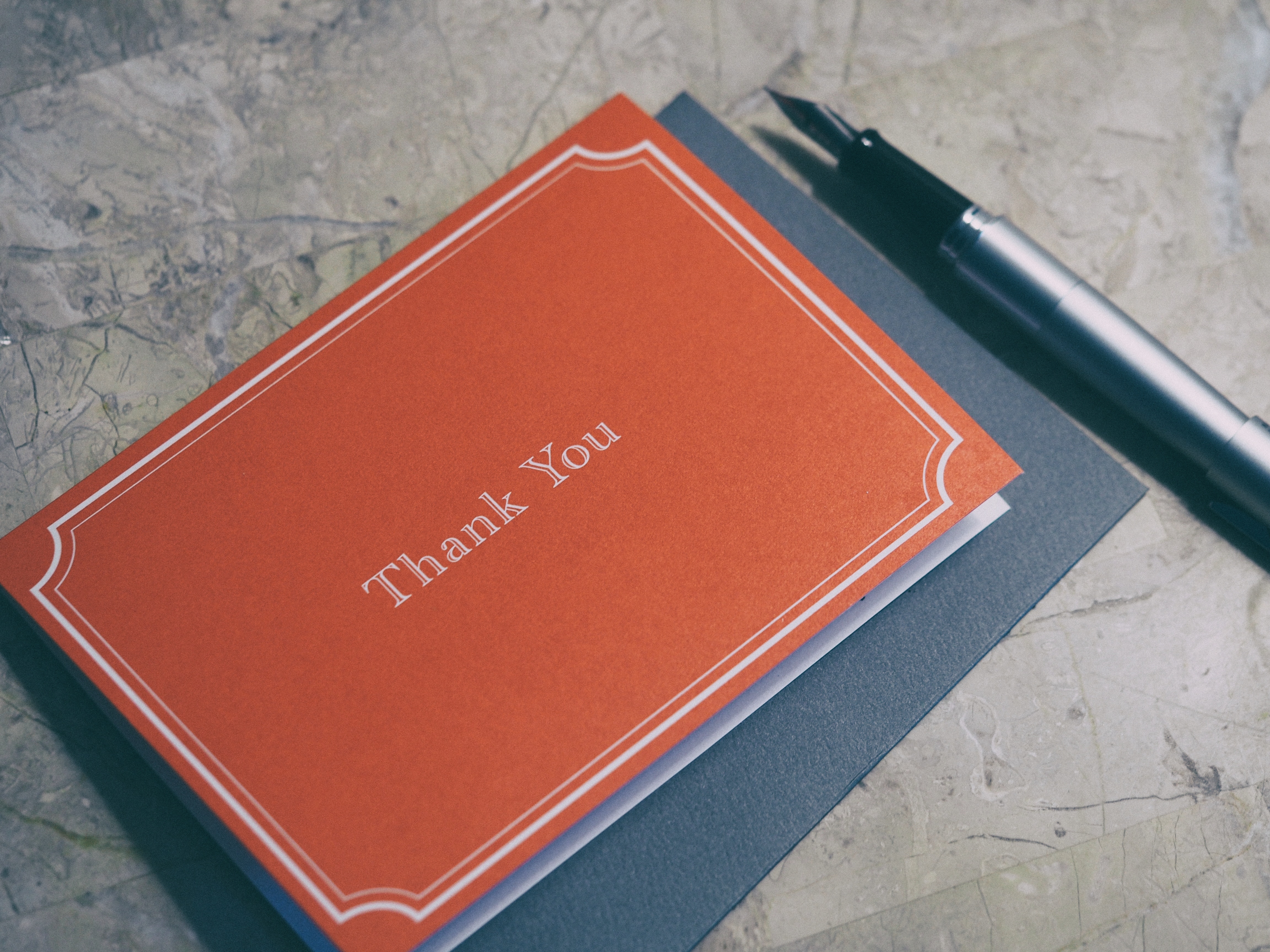
At least not right away. Do this instead.
Most interview advice centers on what to do before and how to act during the meeting but generally stops there. An equally important and generally overlooked step is how to keep the door open after that final interview.
Let’s start at the conclusion of an interview and work our way backwards to see what should happen before you even leave that meeting. You had a chance to ask questions along the way, but it’s impossible to think of everything, right? And, that’s okay. In fact, it’s more than okay because it opens an opportunity to stay in touch.
YOU OPENED THE DOOR, NOW KEEP IT OPEN
Here’s how it works. Thank the Interviewer for his/her time, express your continued interest in the position and inquire about the timeframe for the search. Next, ask if you may call back in the event you have additional questions (and you will have questions). Confirm a convenient time to call and verify the appropriate phone number. You now have secured permission for future contact and eliminated the dreaded fear of “stalking” the Interviewer.
As soon as you exit the interview, jot down key points related to the scope of the job, and any open-ended questions you’d like answered. Most importantly, identify two or three areas in which the Interviewer described situations needing resolution along with how you would or have handled them. If you’re drawing from previous work experience, only consider examples that clearly demonstrate the specific role you played in adding value.
SEIZE THE MOMENT-NOW’S THE TIME DECISIONS ARE MADE
Prepare 3 or 4 questions and call the Interviewer back within a few days of your meeting. Here’s an example of an actual call back I made following an interview for an HR position: “You mentioned that your company has a problem with turnover and we ran out of time to probe it. I’d like to share some of the ways I dealt with it at my last job. I did an analysis of the rate and cost of turnover, possible reasons and compared it to companies in our industries. I found the root cause was in hiring the right people and focused on improving the selection process. This one step decreased our turnover rate from 10% to 5% and saved 25k$ in the first year.”
With this one follow up phone call, I secured a spot at the front of the candidate queue while others were anxiously awaiting a phone call. By contrast, I kept the connection alive, demonstrated my active listening AND GOT THE JOB OFFER.
CONSIDER ALL POSSIBLE OUTCOMES-A JOB OFFER IS JUST ONE OF THEM
Next, establish criteria for your ideal job by creating a “scorecard”. Note what the employer indicated or that you observed during the interview about culture, amount of travel required, the opportunity for advancement, etc. If an offer is made, you now have a checklist against which to judge it. And, consider all the possible outcomes if:
- An employment offer is made. Make sure the offer is in writing, in addition to a verbal offer. Do NOT give notice to your current employer until a written offer is in hand.
- A different job is presented. The Interviewer is considering you for an alternate opportunity. Listen to what is being proposed and see how it compares to your scorecard. You may be asked to come in for another interview with a different Hiring Manager. Be open-minded and explore the possibility of an even better job.
- A different type of employment is being offered. Budget constraints could be an issue and a contractor position is available. Listen to what is being proposed and see how it compares to your scorecard.
- A “No Thank You” letter is sent and you are no longer being considered for the job. Send a LinkedIn message to the Interviewer and/or Hiring Manager, thank him/her for the time and request to be connected to continue with a virtual relationship. Remember, you have a strong connection following your face-to-face encounter; take advantage of the opportunity to keep it going.
- There is absolute silence. You never hear a thing from the employer. You have just learned something about their culture and have concluded this may not be a respectful workplace. Time to move on to other opportunities.
WHAT HAPPENS NEXT?
Always maintain the greatest focus on the hottest prospect, but also pay attention to other irons in the fire. There is nothing worse than an empty pipeline when your one and only prospect goes cold.
Don’t be afraid to take a breather and step away from the job search for a day or two. Enjoy some physical activity, get outside and explore nature, or spend some time with family and friends. You’ll need to recharge your batteries, do a postmortem if things didn’t work out, and get ready to find your next prospect. If you do get an offer, congratulations, and job well done!
You don’t need to be in active search mode to accept an invitation for an interview. It’s good practice, keeps you in touch with the job market, and may even give you a greater appreciation for the job that you currently have. If you have the time to do the interview and can maintain confidentiality, then there are few risks and lots of benefits.

